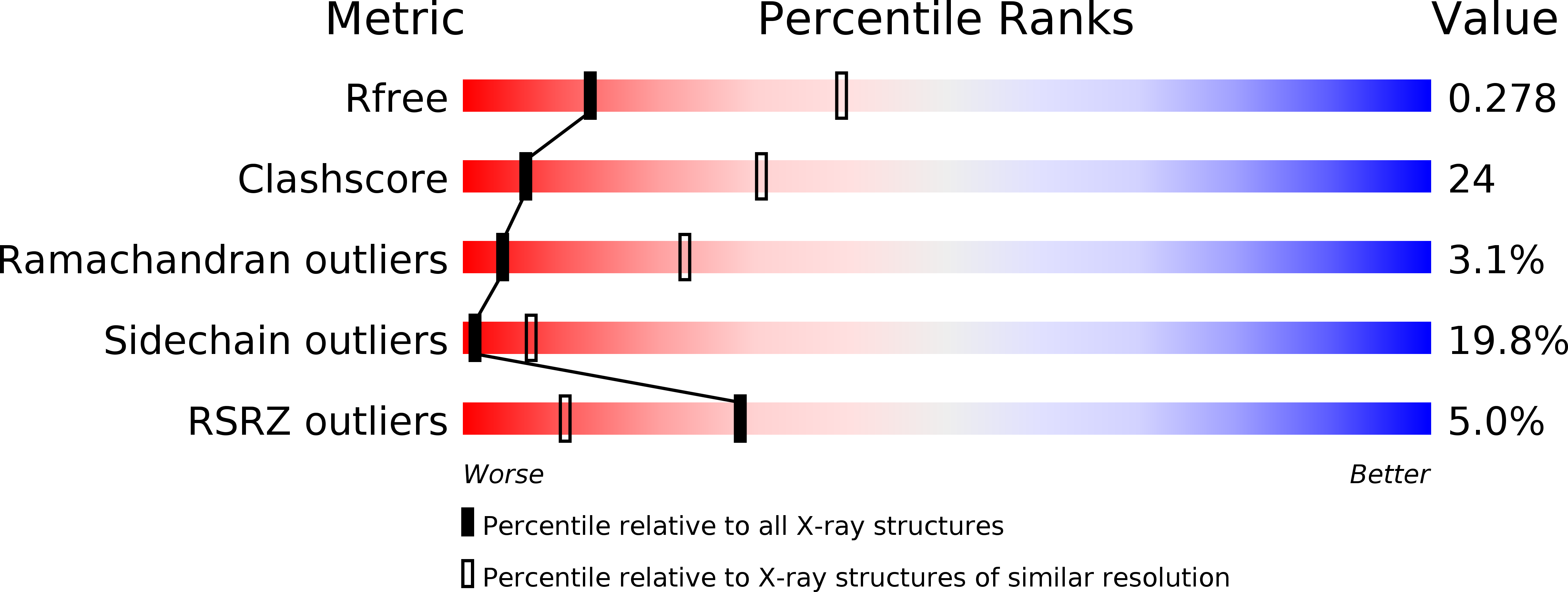
Deposition Date
2012-11-03
Release Date
2013-04-17
Last Version Date
2024-02-28
Entry Detail
Biological Source:
Source Organism:
Lactobacillus brevis (Taxon ID: 387344)
Host Organism:
Method Details:
Experimental Method:
Resolution:
3.00 Å
R-Value Free:
0.26
R-Value Work:
0.21
R-Value Observed:
0.21
Space Group:
P 21 21 21


